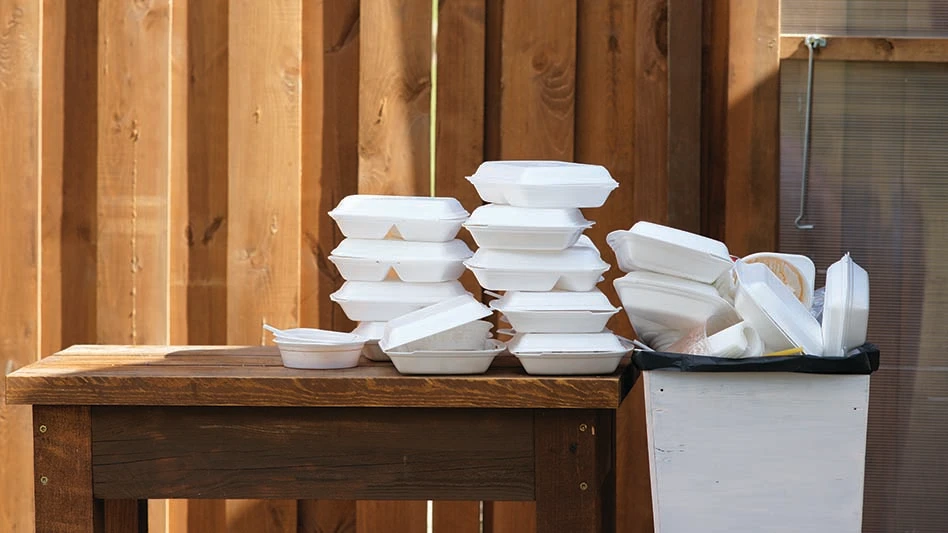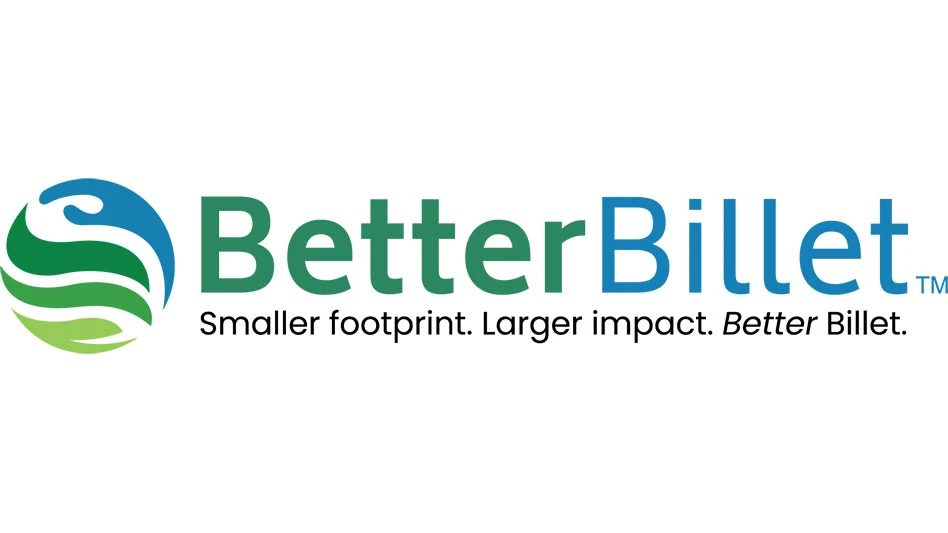
Photo courtesy of the Port of Los Angeles
President Donald Trump enacted his long-anticipated “reciprocal” tariffs April 2 with the signing of an executive order titled, “Regulating Imports with a Reciprocal Tariff to Rectify Trade Practices that Contribute to Large and Persistent Annual United States Goods Trade Deficits.” Trump cited his power under the International Emergency Economic Powers Act, the National Emergencies Act, section 604 of the Trade Act of 1974, as amended (19 U.S.C. 2483) and section 301 of title 3 in the United States Code for the action.
In this executive order, the president writes, “I have declared a national emergency arising from conditions reflected in large and persistent annual U.S. goods trade deficits, which have grown by over 40 percent in the past 5 years alone, reaching $1.2 trillion in 2024. This trade deficit reflects asymmetries in trade relationships that have contributed to the atrophy of domestic production capacity, especially that of the U.S. manufacturing and defense-industrial base. These asymmetries also impact U.S. producers’ ability to export and, consequentially, their incentive to produce.”
The president has decided to levy an additional ad valorem duty on all imports from all trading partners of at least 10 percent beginning at 12:01 a.m. Eastern daylight time April 5. Goods loaded onto a vessel at the port of loading and in transit on the final mode of transit before that time will not be subject to the additional duty. Countries including China (34 percent), the U.K. (20 percent), the European Union (20 percent), India (26 percent) and others noted in Annex I to this order will be subject to higher tariffs beginning April 9.
The rates established by the president in this executive order are in addition to any other duties, fees, taxes, exaction, or charges applicable to imported articles, with the exception of aluminum and steel products already subject to Section 232 tariffs, excluding including scrap, which will be subject to tariffs, according to an analysis by the Aluminum Association, Arlington, Virginia. Canada and Mexico, which already are subject to other tariffs, were not included nor were sone other countries that have limited trade with the U.S. or are subject to U.S. sanctions and tariffs.
China responded to Trump’s recent measure by announcing a 34 percent tariff on U.S. goods, according to the New York Times, that does not include any exemptions. The tariffs will be levied beginning April 10, with an exception for goods on the water before that date arriving by April 13.
China’s Ministry of Commerce also said it was adding 11 U.S. companies to its list of “unreliable entities,” barring them from doing business in the country or with Chinese companies. It also began a licensing system to restrict exports of seven rare earth elements.
Recycling Today has reached out to the Recycled Materials Association, Washington, regarding the potential effects of China's retaliatory tariffs.
The EU has yet to announce its countermeasures to the recent raft of tariffs, though European Commission President Ursula von der Leyen has said the European Union was prepared to respond with countermeasures if talks with Washington failed, according to Reuters.
The EU was finalizing a first package of tariffs on up to 26 billion euros ($28.4 billion) of U.S. goods for introduction in mid-April in response to U.S. steel and aluminum tariffs that took effect on March 12.Regarding the U.S. tariffs on EU imports, the Bureau of International Recycling (BIR), Brussels, is expressing its concern and maintains its call for free trade.
The BIR says, “This escalating pattern risks triggering a harmful cycle of trade restrictions with far-reaching consequences for global commerce and economic stability.”
The association adds, “BIR has always advocated for free and fair trade as the foundation of a healthy global economy and a driver of productive commercial exchanges between nations. Trade barriers not only distort markets but also threaten economic growth and the efficient allocation of resources worldwide.”
Sponsored Content
Still relying on manual sorters?
Let AI do the heavy lifting. Waste Robotics delivers reliable, high-performance robots tailored for complex waste streams. They require minimal maintenance, are easy to operate, and are designed to boost your recovery rates. Smarter sorting starts with the right partner. Waste Expo Booth #1969 & REMA #2843
Click here to see our robots in action!The BIR and its member association are monitoring the impact of these developments on international recycling markets and national economies. “We emphasize, as outlined in our position paper, the significant risks associated with protectionist measures and urge governments to refrain from policies that could hinder global trade flows.”
Get curated news on YOUR industry.
Enter your email to receive our newsletters.
Latest from Recycling Today
- Grede to close Alabama foundry
- Plastics Recycling Conference 2025: Working toward their targets
- SWACO rolls out new commercial recycling and food waste programming
- Updated: Matalco to close Canton, Ohio, plant
- Metso launches electric Anode Weighing and Casting Machine
- Circular by Shapiro releases '5 for Five' sustainability series
- Graphic Packaging set to close Ohio CRB facility
- Ameripen voices support for Maryland EPR bill









